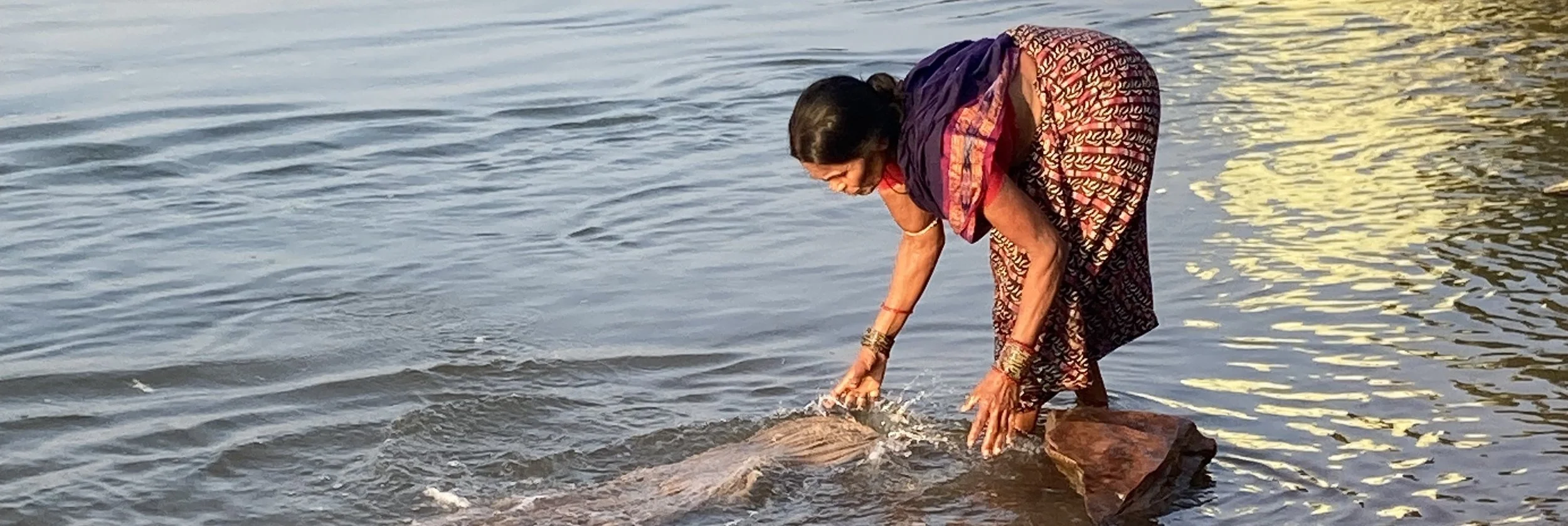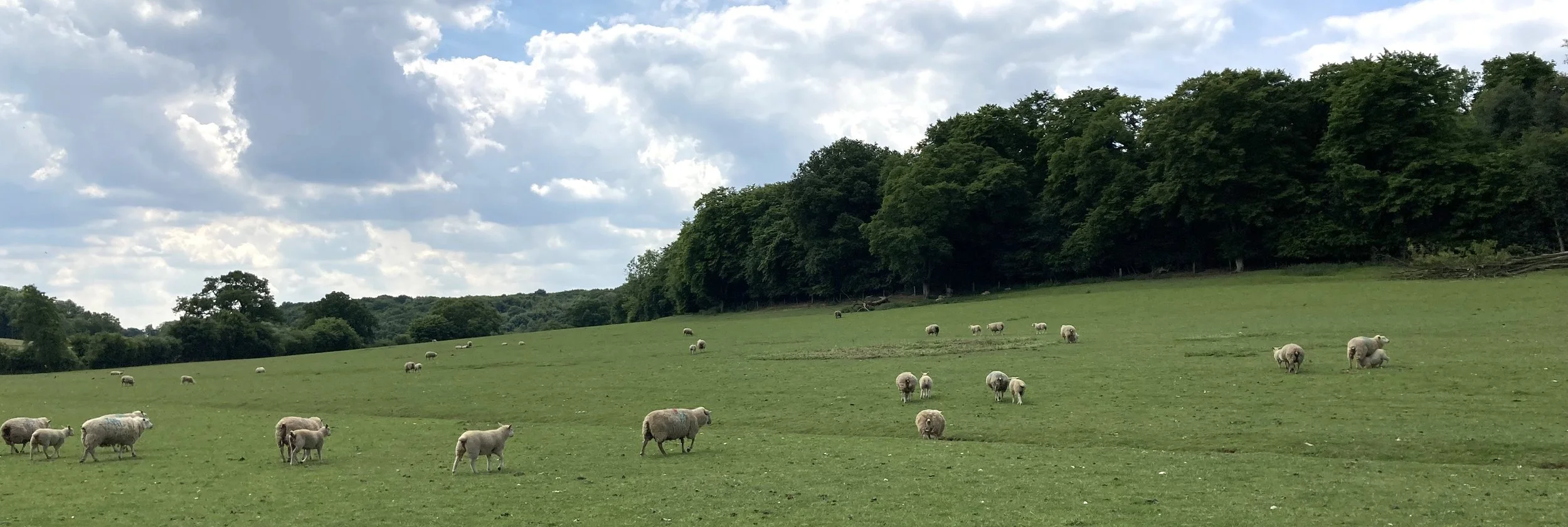
IML RESEARCH PROJECTS
Istituto Marangoni London’s main research hubs are Design, Ecology and Anthropology and Immaterial Futures, with pedagogical research emerging organically from each hub as our projects evolve and our students participate.
We benefit from the uniquely international nature of our institutional network, by being an independent British school while linked to 10 other schools across 5 continents. This offers exciting opportunities to develop research that is locally relevant with global significance, drawing on our diverse perspectives, experiences, collaborations and imaginings.
Details of current and recent research in the Design, Ecology and Anthropology hub appear below:
The Kotpad Project
ISTITUTO MARANGONI LONDON X ISTITUTO MARANGONI MUMBAI
X CREATIVE BEE X KOTPAD DYERS AND WEAVERS
Radically Local
EXPLORING THE POTENTIAL OF BIOREGIONAL AND HERITAGE FIBRES, FABRICS AND FASHION SYSTEMS TO MOVE US TOWARDS REGENERATIVE FUTURES.
BarkCloth Research Network
INVESTIGATING THE POTENTIAL OF UGANDAN BARKCLOTH FROM MULTIPLE
PERSPECTIVES, THIS NETWORK COMPRISES RESEARCHERS, DESIGNERS, ARTISTS,
FARMERS, ENVIRONMENTALISTS AND SCIENTISTS ACROSS THE UK, UGANDA AND US.
Design Process Interventions
A COLLABORATIVE PEDAGOGICAL RESEARCH PROJECT BETWEEN MA FASHION DESIGN
AND LUXURY ACCESSORIES DESIGN STUDENTS AND TUTORS AT ISTITUTO MARANGONI
LONDON AND BA FASHION AND TEXTILES DESIGN STUDENTS AND TUTORS AT JACCD
DESIGN SCHOOL AFRICA, ACCRA, GHANA.
AN ANALYSIS OF AN EMERGENT SUBCULTURE OF RESISTANCE TO THE FASHION STATUS
QUO THAT EMBRACES NATURAL, INDIGENOUS TEXTILES IN CONTEMPORARY,
POST-GROWTH CLOTHING.
AN ANALYSIS OF A SERIES OF COLLABORATIVE LEARNING, TEACHING AND RESEARCH
ACTIVITIES DESIGNED TO PROMOTE IMPORTANT 21ST CENTURY SKILLS AND VALUES
Siddant Shivade






